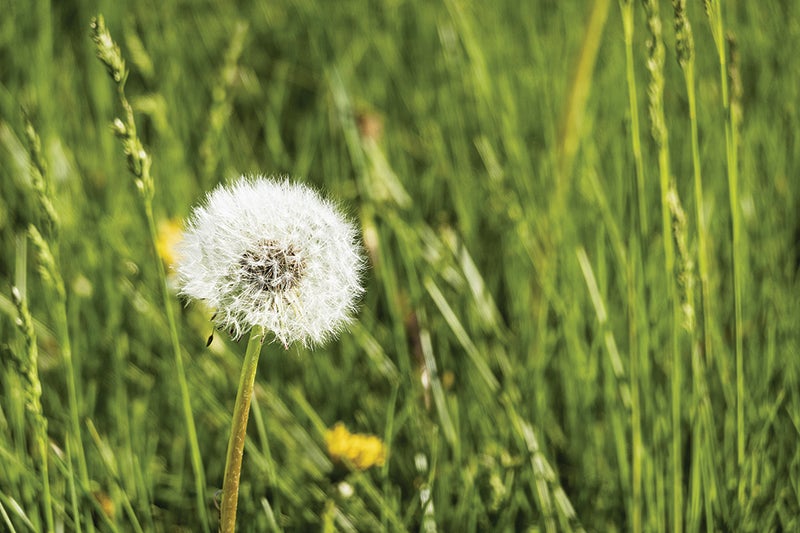Fighting the battle of weeds, weeds & more weeds
Published 12:00 am Wednesday, June 23, 2021
|
Getting your Trinity Audio player ready...
|
Summer is definitely here, and the weeds are growing like wildfire. Just about everywhere you look you see weeds in some form or fashion. Weeding is the bane of gardening. We like our garden beds to look nice and neat for all to see, along with our vegetable beds to be weed-free so our plants will not be starved out by these unwanted plants. In addition, they take away the moisture and nutrients our plants need. Below are the types of weeds per “Better Homes & Gardens” and steps you can take to help you maintain a weed-free garden from “Old World Garden Farms.”
Annuals such as lamb’s quarters, yellow oxalis and chickweed only live one year. They cover the ground with seeds and to rid your garden of them, you should pull a hoe through the soil to get rid of tiny germinating seeds. Or you can dig or pull these weeds before they have a chance to develop seeds. If you can’t pull them without damaging other garden plants, cut the stems at or below soil line to prevent regrowing.
Taprooted have long strong roots such as dandelions. These types of perennials can grow from any part of their root that was left in the soil. Biennials, such as bull thistle, will die after the second year of blooming. To get rid of these weeds, use a straight-pointer trowel of dandelion differ right down next to the root to help pry it out. Use a flat head shovel for digging large, deep taproots.
Rhizomatics can be hard to control as they spread horizontal under the soil and when cut they will resprout. These include stinging nettle and quackgrass and they can be removed by using a trowel, claw or spading fork to loosen the soil around the weeds.
Toughies include chickweed, plantain and dock like hard, compacted soil. An oscillating stirrup hoe is best used as it will loose the soil, making it easier to tug out.
Monsters are aggressive weeds like Japanese knotweed and bindweed (aka wild morning glory) and have deep, vigorous roots. Best way to rid of them is to starve them of light by placing heavy black plastic or tarps over them, only removing them when they are dead.
To help maintain a weed-free garden, try the following steps:
Stop Tilling – Overworking the soils is one of the biggest culprit to hosting weeds. Many weed seeds are sitting on top of the soils just waiting to germinate once they are covered by soil. Tilling is an annual spring ritual for gardeners and doing so also disrupts the eco-cycle of worms and other underground good guys which keep your soil in good condition.
Mulch, Mulch & More Mulch – is one of the easiest and most effective methods of creating weedless and healthy gardens. A heavy layer of mulch (3-4 inches) over a thick layer of newspaper or cardboard will help control the weeds year-round. The mulch and newspaper/cardboard will eventually break down, adding nutrients into your soil attracting worms and good microbes. Add more mulch to maintain the 3–4-inch cover.
Stop Hoeing – Strenuous hoeing is also disturbing the soil, making it more susceptible to weed germination. This also goes for disturbing the top layer of mulch by raking or turning. Simply pull the few weeds that appear and apply new mulch as needed.
Fall Cover Crops – They do a lot to help in creating a weedless garden. Planted in the fall, they keep the garden soil covered from incoming weed seeds. In addition, they add organic matter in the soil, help fix nitrogen levels for the following seasons crops and help keep soil from eroding in rain. They eliminate the need from using a rototiller again. They can be mowed over then planted through the spring. Thus, the soil is not disturbed allowing weed seeds to germinate. Some common cover crops are legumes, grasses, brassicas (mustard family), turnips and radishes.
If you truly want a weed-free or near weedless garden, it doesn’t have to take hours on end to do the task. Just take a simple stroll thru your garden and pull the weeds 10 minutes a day is going to save you time in the long run. Pulling weeds from a mulched bed takes just a few minutes will go a very long way over the next weeks.





